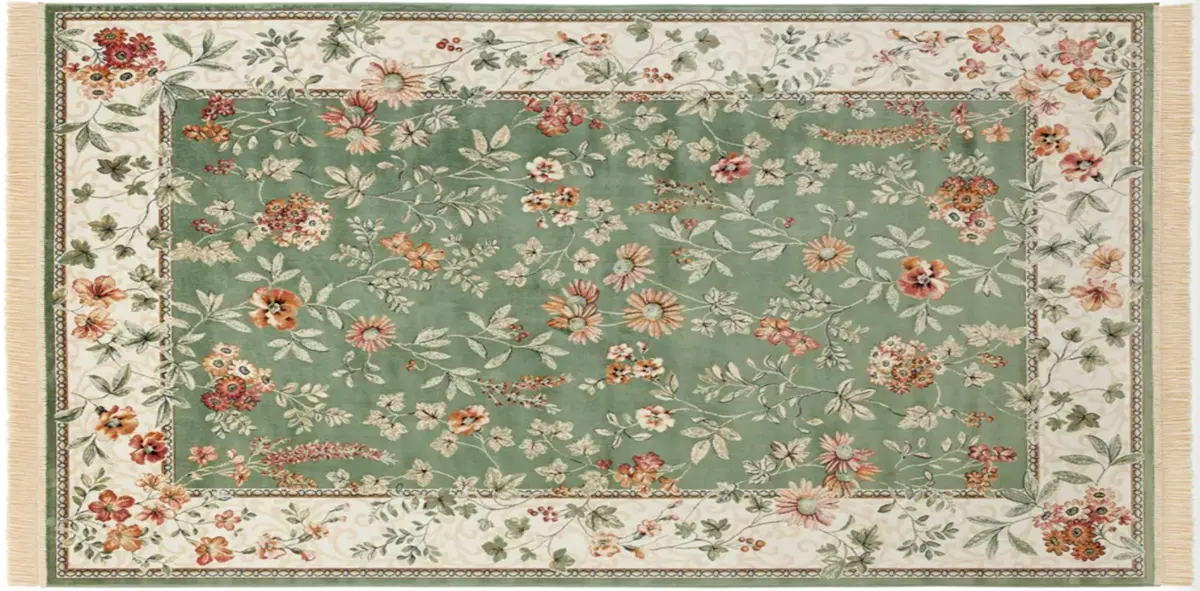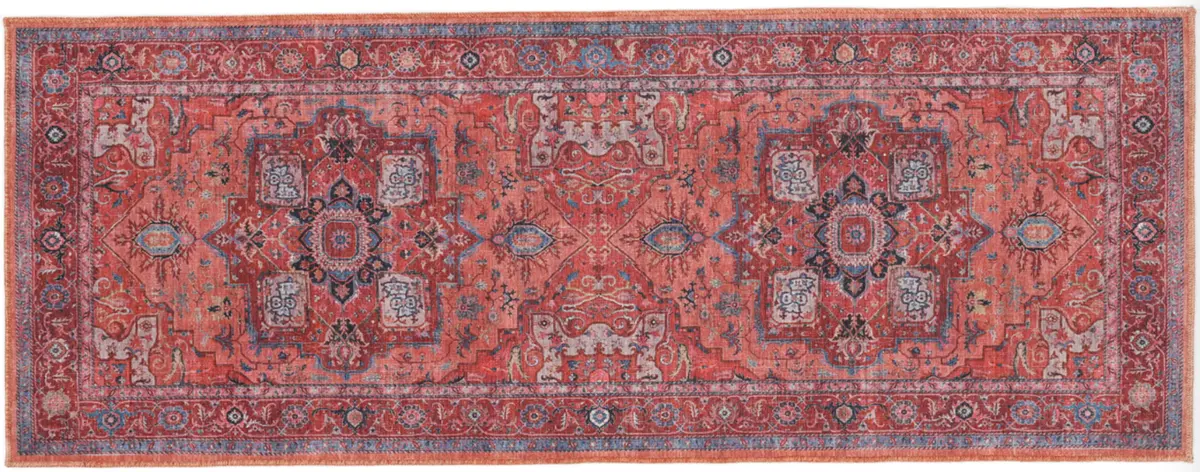Cotton carpets
Cotton Carpet Cleaning, Cotton Carpet Cleaning, Cotton Woven Carpet Cleaning, Cotton Piece Carpet Cleaning, Oriental Cotton Carpet Cleaning provides services to clients in the areas of renovation, repair, deep cleaning, revitalization, antibacterial and disinfectant protection, impregnation of natural carpets according to your requirements in top quality according to our internal company standards, IICRC™ guidelines and norms and PERSIAN® expertly implemented system.

 The PERSIAN® trademark defines the branded technological concept of the expertly qualified Carpet Service® implementation company, which focuses on the regular maintenance, cleaning, revitalisation and impregnation of artificial, natural, wool, cotton and silk carpets, textile and leather sofas, armchairs, chairs and upholstered materials. This branded concept brings the utmost professionalism in full synergy with maintaining ethical, environmental and quality performance standards including contractual guarantee of the services provided by the contractor.
The PERSIAN® trademark defines the branded technological concept of the expertly qualified Carpet Service® implementation company, which focuses on the regular maintenance, cleaning, revitalisation and impregnation of artificial, natural, wool, cotton and silk carpets, textile and leather sofas, armchairs, chairs and upholstered materials. This branded concept brings the utmost professionalism in full synergy with maintaining ethical, environmental and quality performance standards including contractual guarantee of the services provided by the contractor.
Cotton carpets are made from cotton, which is a versatile natural fabric characterized by softness, breathability and durability. It also absorbs moisture very well. Thanks to its hypoallergenic properties, it is also suitable for allergy sufferers and people with sensitive skin.
Cotton carpets – the history and science of carpets
Natural wool and cotton carpets clearly dominate the ranking of durable carpets. Wool contains lanolin, which helps to make the carpet fibre more resilient and durable. Wool and cotton piece rugs can be purchased in muted tones and so in vibrant colors. Persian rugs are a separate chapter, lending a touch of luxury to a space.
Cotton is a fine white substance consisting of fibres obtained from the seeds of plants belonging to the Gossypium (cotton plant) genus. According to current knowledge, the cotton plant was cultivated into a textile fibre several thousand years ago, as evidenced by finds from the 4th millennium BC in Pakistan or 7,000-year-old textiles from Egypt or Mexico. Systematic cultivation of the cotton plant for the sale of cotton fibres began in Egypt, India and Peru. From the 7th century BC comes perhaps the earliest written record of cotton exports – from India to (present-day) Iraq. The first cotton was sold to Europe about 200 years later and to China in the 6th century AD.
Overview of textile fibres following the so-called ‘cultural’ types
The hairy cotton plant (Gosypium hirsutum) is grown as an annual shrub. Native to Mexico, it is grown in virtually all cotton-supplying countries and has accounted for around 90% of the world’s cotton crop since the 20th century[12]. The fibres are white or yellowish, 19-38 mm long.
The bush cotton (Gossypium Barbadense) is native to the island of Barbados. It produces the most valuable types of cotton, which are grown mainly in the USA, Peru, Egypt and sold under the trade names Pima, Sea Island, Giza, etc. The fibres are very fine and range in length from 35 to at least 50 mm. It accounts for about 8% of the world harvest.
The herbaceous cotton plant (Gossypium herbaceum) originates from India and is mainly grown in India, Pakistan and also in southern Europe. The fibres are yellow to brownish with a length of 15-26 mm.
The tree cotton (Gossypium arboreum) is native to Africa and is grown as a perennial tree in India, China, African countries, etc. The plant produces relatively coarse fibres 22-24 mm long. Herbaceous and tree cotton fibres contribute about 2 % of the world’s harvest
Organic cotton is obtained from the cotton plant, which is grown without the use of harmful chemicals in order to protect the environment and to use cotton for products that are guaranteed to be safe for health. Until now (until 2013), organic cotton has been used to produce e.g. baby textiles, medical products, mattress filling and clothing, which has now changed. In 1991, regulations were issued in the USA for the certification of organic cotton, according to which:
- the land must be fallow for 3 years before sowing, or organic crops other than cotton must be grown on the land
- cotton must be grown organically for 3 consecutive years
- the yield of organic cotton does not exceed half that of normally grown plants, the fibres are shorter and have less strength

Cotton carpet cleaning and maintenance
Cotton carpets with natural material require professional care. It is not recommended to attempt home deep cleaning via a steam cleaner from the back and front, as the steam cleaner is unable to clean it all and the excessive heat penetrating it damages the wool and its natural lanolin. Excessive heat can also lead to shrinkage of the natural fibres of cotton carpets, putting you at risk of permanent damage.
Home care for cotton carpets is simple. Regular weekly vacuuming ideally with a knocking head will not harm it for decades. The natural vegetable dyes, dense weave and natural grease of virgin wool provide protection so most dirt won’t penetrate the carpet at all. Only the smallest particles of sand and dust can settle in the foundation over time. In order to remove even the smallest dust particles from the carpet, it is recommended to have the carpet deep cleaned every 2-3 years by an expert – professional natural carpet cleaner.
If the cotton carpet only comes into contact with water, it is usually enough to dry it thoroughly on both sides. Cotton is particularly sensitive to moisture. Therefore, care must be taken not to ruin the carpet with spilled liquids. Any spillages should be wiped up immediately with an absorbent cotton cloth. The carpet will lift for a few days in a wet place as the warp expands due to moisture. Once the moisture has escaped from the carpet, the warp will settle again and the carpet will not change. Strong rubbing of water stains in dry conditions or the use of detergents should be avoided, as both can damage the cotton carpet. In the case of coffee or cola stains, you should contact a professional as soon as possible. You can treat the stain yourself using lukewarm water and dishwashing liquid. However, you should seek professional advice before doing so.
At the carpet cleaning company, we prefer to use dry foam cleaning with an excellent cleaning effect, which is gentle on colours and fibre-friendly shampooing of natural fibre textile floor coverings, upholstery and wall coverings. It contains high quality active cleaning agents and special Anti-Soiling components that prevent increased re-soiling of the treated surface. It does not contain bleaches or optical brighteners and will not cause any colour changes. Foam cleaning is particularly suitable for cleaning natural and oriental moisture-sensitive carpets (e.g. wool, silk, coconut, cotton, sisal, lycra).
Professional carpet cleaning and the reputable cotton carpet maintenance provided through expertly skilled technology brings the assurance that your cotton carpet will not shrink, fade or even show any damage.
- We first remove most of the dirt and dust from your cotton carpet by hand with gentle machinery, instead of running it through aggressive equipment that can damage your precious carpet.
- Depending on the material of your cotton carpet, we will use a specialized stain remover to thoroughly remove or reduce the stain depending on the condition of the carpet.
- Depending on the material, your carpet will either be cleaned in a water bath and then dry cleaned using special “WOOL SAFE” chemical cleaners and dry foam based cleaners.
- Cotton carpets are then dried as best as possible to rid them of excess moisture and allowed to air dry before being turned off.
- Finally, we thoroughly disinfect and impregnate the cotton carpet and after a thorough check, we wrap it and prepare it for handover or transport to you.
In conclusion, it is always better to have your cotton carpets cleaned by a professional than to try to do it yourself. This is because the greater the likelihood of a mistake, the more your carpet will be damaged or may become locally degraded and even irreversibly so.